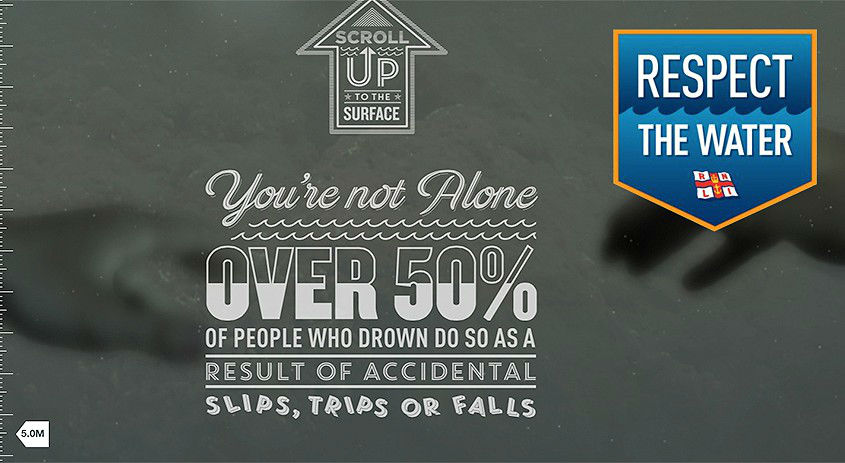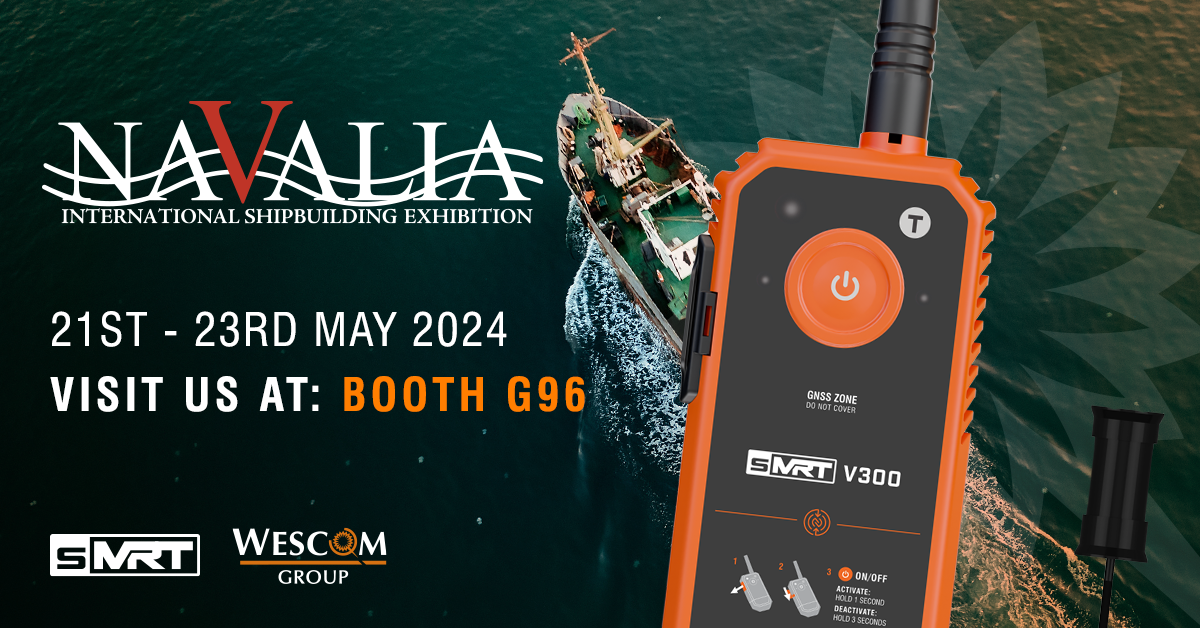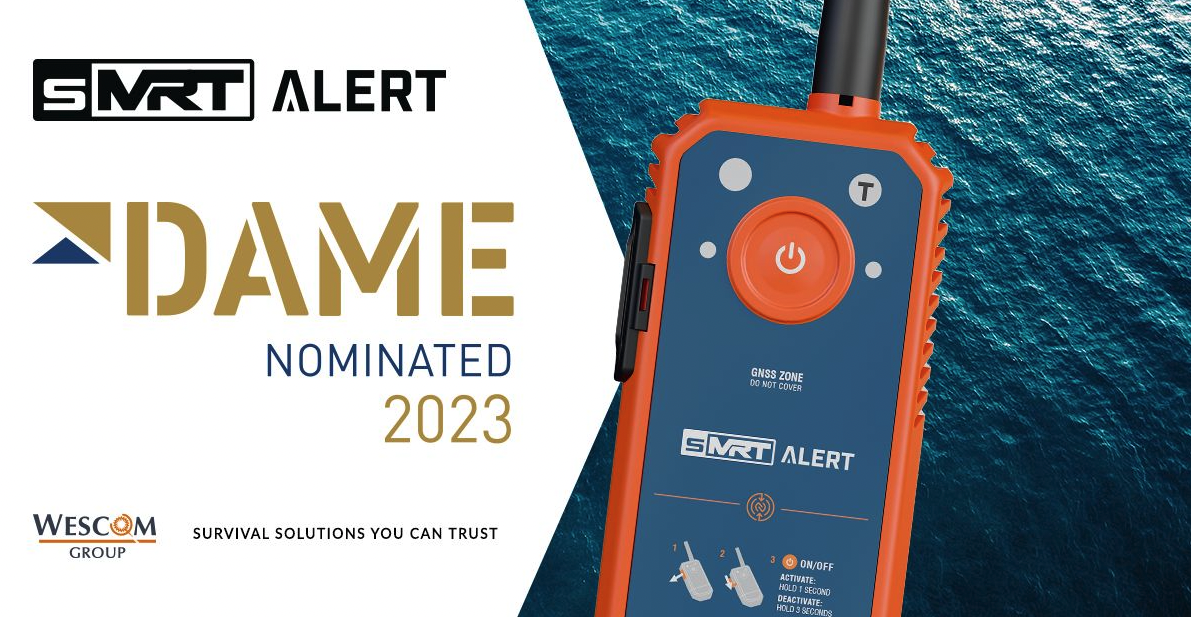
Cold Shock Response lasts for only about a minute after entering the water and refers to the affect that cold water has on your breathing. Initially, there is an automatic gasp reflex in response to rapid skin cooling. If the head goes underwater, water may be breathed into the lungs during the gasp. The result is simple: drowning. That’s one of the many benefits of a life jacket or PFD: it helps to keep your head above water during this critical first response.
A second component of the Cold Shock Response involves hyperventilation. Like the gasp reflex, this is a natural reaction to the cold. Although this physiological response will subside, panic can cause a psychological continuance of hyperventilation. Prolonged hyperventilation can lead to a faint, so the key thing is to concentrate on controlling your breathing.
The other significant Cold Shock Response is cardiac related. As the arteries narrow (vasoconstriction), the heart has to work harder to pump the same volume of blood throughout the body. Especially for people with underlying heart disease, this additional workload can cause the heart to go into cardiac arrest.
Cold Incapacitation occurs within 5 – 15 minutes in cold water. Vasoconstriction decreases blood flow to the extremities in an effort to preserve heat in the core, thereby protecting the vital organs but allowing the periphery to cool. Unfortunately, muscle and nerve fibres don’t work well when cold. Within this critical time frame you will lose meaningful movement in your hands and feet, and then your arms and legs, so if you’re not wearing a floatation device, you will be unable to stay afloat and will drown. Other important life-saving/survival activities will also become more difficult and then impossible.
To understand the power of the water, immerse yourself in the RNLI interactive experiences.





